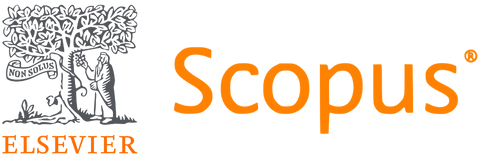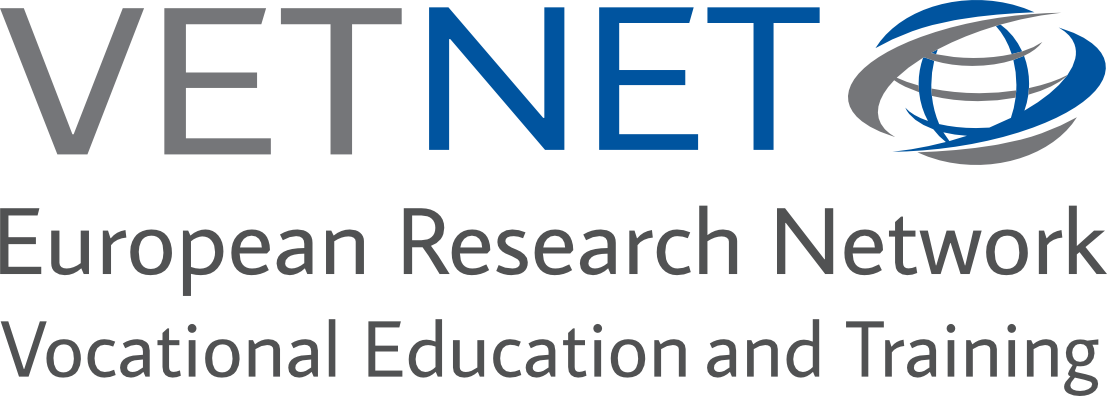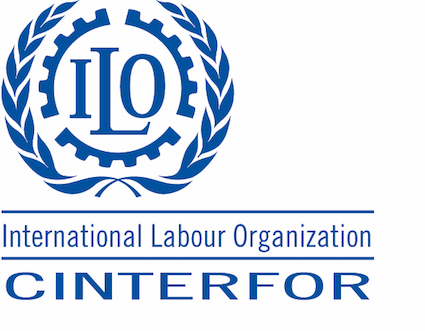From the Reality of Work to Grounded Work-Based Learning in German Vocational Education and Training: Background, Concept and Tools
DOI:
https://doi.org/10.13152/IJRVET.2.3.6Keywords:
Vocational Education and Training, Work-based Learning, Reality of Work, Curriculum Development, Competence DevelopmentAbstract
The "Riga Conclusions" of the European Ministries of Education of 22 June 2015 for the orientation of vocational education and training in Europe are promoting work-based learning as one of five "medium-term deliverables" for the next five years. But: How should and can work-based teaching and learning be designed? Our approach was developed within the German Dual VET System. Therefore it is not surprising that the work reality is for us the major principle for designing curricula and learning settings. As a starting point for developing didactical measures in the field of vocational education and training it is crucial in this approach to identify practices, routines and experiences of skilled workers that are experts for what they are doing. What are those people doing when handling a task, how are they acting, what work objects and tools are they operating with, and what requirements do they have to be aware of? To answer these kinds of questions, the real work in practice must be explored. A useful approach for doing this is a vocational work process analysis. The next step comprises developing a workbased learning project for the classroom. These two steps, vocational work process analysis and work-based learning projects, build the core of the article and enable a grounded work-based learning. Additional the changing priorities of curriculum design in the last century are introduced to reach a better understanding of the background and the actual work-oriented focus in German Dual VET. Our key proposition is: If work-based learning in vocational schools is wanted, the gap between the reality of work and the formal learning settings has to be closed.





